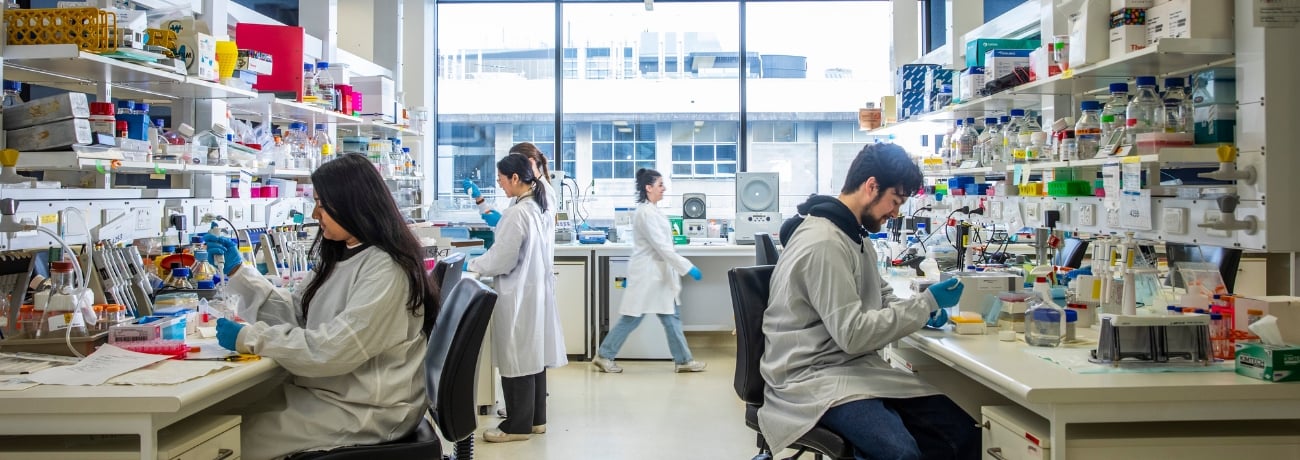Intracellular modulation of sodium channels in severe epilepsy: molecular mechanisms and therapeutic implications
This project looks at how certain brain cell proteins, specifically sodium channels, interact with other molecules inside the cell. By understanding these interactions, we aim to find new ways to treat severe epilepsy.
Voltage-gated sodium channels (Nav) have a main pore-forming subunit that can form complexes with various proteins, including calcium-binding calmodulin (CaM) and fibroblast growth factor homologous factors (FHFs), which bind to the channel’s C-terminal domain.
Pathogenic Nav variants show altered interactions with CaM and FHFs impacting neuronal excitability and treatment responses.
The modulation of Nav variants will be evaluated using patch-clamp electrophysiology, real-time neuronal modelling, sodium channel structure analyses, and bio-layer interferometry (BLI).
Aims
- To investigate the interactions between various pathogenic Nav1.2 channels, calmodulin, and FHFs. Results will aid the development of mechanism-targeted therapeutics.
Research team
Supervisor
Research group
Contact us
If you’re interested in learning more about this project please contact our team.
